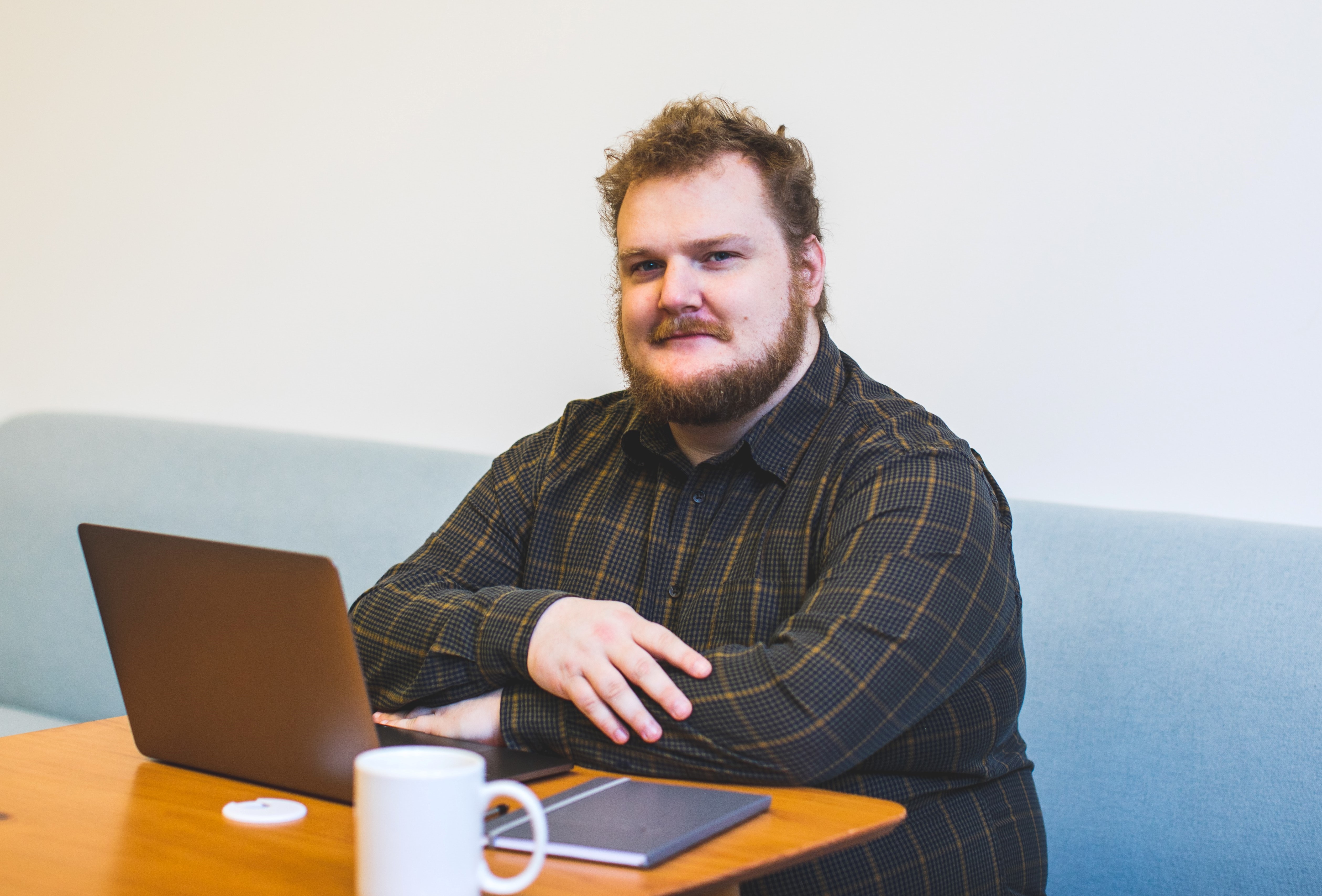If you’re an HR professional, you know how important it is to survey your employees. However, we know that there are lots of fears that tend to come along with surveying your employees too often:
- “What if we’re unable to act on the feedback?”
- “What if we’re surveying too often? We’re afraid of survey fatigue.”
- “Our employees already have a lot on their plates. I don’t want to overburden them with one more task of completing a survey.”
These are all valid concerns, but they can hold you back from gathering invaluable insights. Rest assured, your fears around surveying "too often" can be addressed with some careful planning and follow-through:
What should you think about when planning a survey cadence?
There is no one-size-fits-all solution to creating a surveying cadence. However, we can offer some food for thought based on our findings in working with plenty of organisations every year.
Before launching an employee survey, it’s worth asking yourself:
- What is my goal for launching a survey?
- If I send out a survey, does my team have the bandwidth to act on the results?
Here are some example survey objectives:
- My employees are returning to the office and I want their feedback on how to make this as smooth as possible
- I’ve never surveyed before and need to gather baseline data so I know how we should focus our strategic planning moving forward.
If your leadership teams don’t currently have the space to act on the survey results, you should hold off on surveying until they’re able to do so. If now isn’t the right time of the year for your organisation to survey, figure out when would be a better time and commit to it. Don’t keep putting it off.

Most companies survey at least once a year
Once you’ve gotten used to working through your survey feedback once per year and communicating the results out to your employees, start thinking about surveying more often. Consider how often your workforce makeup and demographic changes – certainly more than once per year. The rapid pace of change makes capturing your employees’ experience at least once per year essential to understanding and responding to your organisation’s ever-changing needs.
Checking in with your employees 1:1 is obviously necessary as well. However, not everyone feels comfortable sharing feedback in person, and surveys provide an avenue for employees to do so openly, honestly, and confidentially.
Besides, it’s easier to get buy-in for new initiatives when you have data to back your suggestions.
Deep listening calls for pulse surveys
Many organisations with advanced listening strategies take advantage of survey data by using more frequent surveys. There are many different cadences, but the most popular are twice yearly, quarterly, or even monthly.
However, it’s not a good idea to survey just for the sake of surveying. It’s important to analyse the results and use them to inform your next survey.
First, look at the results from your first annual survey and identify your main growth opportunities. Then, think about launching a pulse survey around one or two specific growth opportunities once you’ve done some work with your feedback.
For instance, maybe your survey results show that your tenured employees are having a less positive experience than your new hires. Think about following up with a pulse survey geared specifically towards asking your new-hires some follow-up questions about their training and onboarding experience.
We also recommend facilitating a listening session with your newest employees to better understand why they’re having a less positive experience.
Here at Great Place to Work®, we take our own Trust Index™ survey once a year and run pulse surveys on an as-need basis. For instance, our leadership team rolled out a pulse survey in April to better understand how to support our employees.
More resources on this topic:
How often is too often?
Survey fatigue only occurs when it becomes clear to employees that leadership doesn’t take their feedback into consideration.
Here are some steps you can take to avoid this feeling:
- Express genuine gratitude for your employees’ participation and feedback
- Facilitate listening sessions to gain more context into your survey results
- Summarise leaderships' key takeaways and commitments to action
- Take action as promised
- Clearly communicate results from new initiatives and programs created as a result of the survey.
Whether you survey once, twice, or 20+ times a year, if you develop a careful listening strategy built on employee surveys, you'll gain insight that helps you make more data-driven business decisions, support your people and take impactful strategic action.

About Great Place to Work®
Great Place to Work® is the global authority on workplace culture. We help organisations quantify their culture and produce better business results by creating a high-trust work experience for all employees. We recognise Great Place to Work-Certified™ companies and the Best Workplaces™ in more than 60 countries. To join the thousands of companies that have committed to building high-trust company cultures that help them attract, retain and take care of their people, contact us about getting Certified today.
